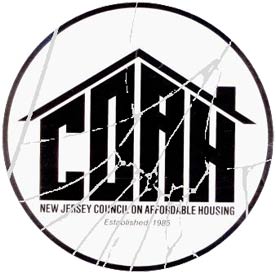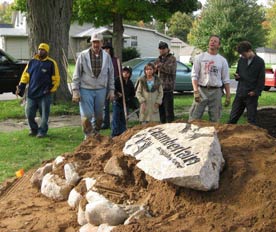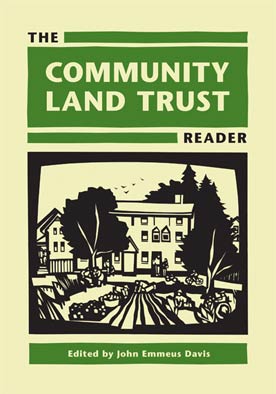When he took office in January 2010, Gov. Christie announced the formation of a five-member task force that would examine COAH and the state’s affordable housing policy. By March, that task force issued its findings, calling the COAH model “outdated” and saying that it had to change. The task force said a new model should meet four basic criteria: “sustainable, fair, simple and predictable.” It suggested a new model that would ignore a town’s existing unmet need for affordable housing and require municipalities only to make 10 percent of all new residential development low- and moderate- income housing, with density bonuses permitted to those who exceeded that threshold.
The task force also recommended reinstating regional contribution agreements (RCAs), under which towns can pay nearby municipalities to build some of their allocated share of affordable housing. Housing advocates have expressed concern that RCAs would result in the concentration of affordable housing in poorer communities.
This June, more than three decades after the landmark Mount Laurel ruling, the state Senate followed the task force’s recommendations when it approved a bill, S-1, that abolishes COAH, ending specific state-imposed quotas on how much affordable housing each town is required to build. The bill includes the task force’s stipulation that 10 percent of all houses built in developments of five or more houses be reserved for low- and moderate-income families and it also gets rid of a 2.5 percent developer’s fee that had been used to help finance the development of affordable housing, The Democratic-controlled Legislature placed a moratorium on that fee last year to help spur economic growth, though Christie has signaled that, because it’s unlikely the Assembly, state’s lower house, will weigh in on its version of S-1 until later in the year, he will veto an extension of that moratorium as a means of political pressure.
The gutting of COAH is not yet complete, but it’s underway. Assembly leadership, however, has vowed to examine any changes before voting on a bill.
The passage of the bill, whose constitutionality will very likely be challenged in court, has come much to the chagrin of housing advocates and environmentalists, including the New Jersey chapter of the Sierra Club, whose position is that developers will target rural areas for housing development because it’s empty and cheap and that they now will control how towns meet their new affordable housing requirements. Because there’s little density in those areas, there are few jobs and little transportation, even further worrying advocates.
“This town-by-town business was leading to a lot of problems,” acknowledges Diane Sterner, executive director of the Housing and Community Development Network of New Jersey. But she adds that the task force’s proposal, as well as what was built into the Senate bill, are not effective solutions. “They narrowed the definition of ‘present need’ regarding affordable housing to the point where it wouldn’t create any new housing because it’s only dealing with fixing up occupied units that are occupied by low- and moderate-income families. It also strips away the previous affordable housing obligations that had not yet been met, essentially letting towns off the hook when they didn’t do what they were supposed to do. It just eliminates a lot of housing that should have been built — it was documented and there was a need for it. And the need hasn’t gone away.”
Sterner added that the 10 percent requirement for each residential development is “minimal.”
“It’s just not going to produce that much housing even if it’s mandatory. We just don’t think enough homes will be built for people across the income spectrum,” Sterner says. Likewise, New Jersey Future issued a statement following the Senate vote saying the bill would implement a “non-affordable housing system.”
“In an effort to ‘blow up’ the Council on Affordable Housing and create a system that relies on local good will to generate housing that isn’t being produced by the market, the Senate has thrown out the baby, the bathwater, and the tub,” NJF said.






Comments